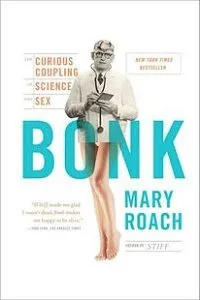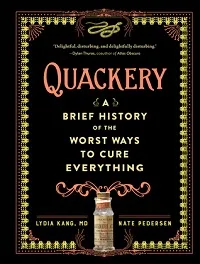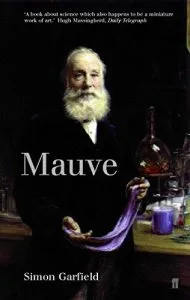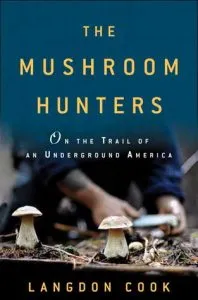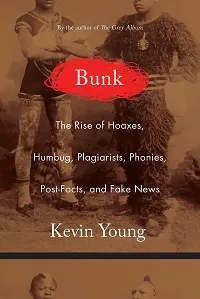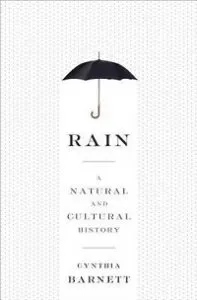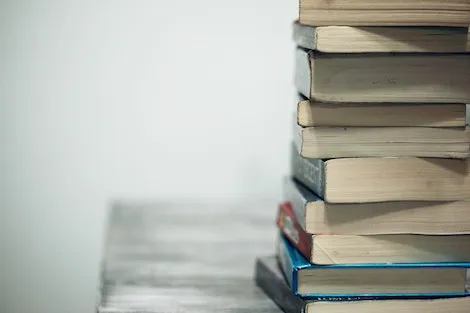
10 Microhistory Books To Read This Summer
This content contains affiliate links. When you buy through these links, we may earn an affiliate commission.
There’s something about summer that imbues me with false optimism. This will be the month that I finally crack the spine of that 800+ page history of Russia. Or the 600+ page book on development of political theory, from the Ancient Greeks to the present day.
Thing is, epic history books might look impressive, but they don’t fit comfortably in a suitcase (hell, they often require their own suitcase) and my arms are far too puny to keep one hoisted above my face during long sunny days on the beach.
Which is why I’ve turned to microhistory books. History books that focus on subjects so niche that the only reasonable reaction is “someone wrote a book about what?” The invention of purple, the history of butter, an investigation into poisonous wallpaper: here are my favourite microhistory books.

Mary Roach is easily one of the wittiest, surrealist and most inventive history writers. In Bonk: The Curious Coupling of Science and Sex,Roach chronicles the history of sexologists attempts to research sex without enraging the general public. Needless to say (and rather like sex itself), they often come up short. Within the first chapter Roach had taught me something new about my own body and by the end I was a fully paid-up fangirl, with all her other books on order.
Right, so this might not seem an obvious choice for someone who wrote about her favourite vegan cookbooks. But! Butter: A Rich History transcends dietary requirements in an utterly (butterly) fascinating history. Elaine Khosrova has done her research and the book includes recipes from the pastry chef author which I can only read and weep, but the rest of you will probably love. Also there’s a section on ‘bog butter’ (yes, butter found in bogs) that will haunt your dreams.
A bit like the Horrible Histories for adults but without the catchy theme, Quackery: A Brief History of the Worst Ways to Cure Everything is a gleefully gruesome look at the the history of miracle “cures”. Lydia Kang’s dry wit combined with scientific explanations lifts this from jaw-dropping drive-by reading to jaw-dropping required reading. And if you prefer fiction, Kang has also written the medical-inspired novel: A Beautiful Poison.
Simon Garfield has made a career out of writing the most micro of microhistories, and if you’re not familiar with his work, start with Mauve: How One Man Invented a Colour that Changed the World. In the mid-19th century, a chemist called William Perkin accidentally discovered a new colour. Perkin himself then went on to live an extremely unexciting life. But thankfully, Garfield’s lighthearted exploration of how mauve changed the world more than makes up for that.
Depending on who you ask, what you’re asking, and when you’re asking Stoned: Jewelry, Obsession, and How Desire Shapes the World is either the history of eight precious jewels, or eight bits of rock. Aja Raden combines her scientific training and experience as a jewelry designer to explore our complicated relationship with shiny things. The book is divided into three parts—Want, Take, Have—looking at how rare, precious rocks have united and divided humanity.
At one point in The Mushroom Hunters: On the Trail of an Underground America, Langdon Cook compares the mushroom hunters to the prospectors caught up in the 19th century California Gold Rush. While amateur and professional chefs populate their menus with wild mushrooms, the mushroom hunters are digging through the dirt to find these illusive fungi. A culinary microhistory, this book will forever change the way you look at mushrooms.
With that surname, Helen Scales was likely cursed at birth to be the only person who could ever write Spirals in Time: The Secret Life and Curious Afterlife of Seashells. A marine biologist, Scales has hosted a series of programs about the natural world, and her exuberant, knowledgeable delivery comes through in her writing as well. Spirals looks at how seashells are formed, have evolved, and ultimately contribute to many land-based aspects of human life, from medicine to sex and death.
Fake news seems more like a topic for a million plodding thought pieces and academic tomes, rather than a microhistory. But, to quote Marlon James, “There Kevin Young goes again, giving us books we greatly need, cleverly disguised as books we merely want. Unexpectedly essential.” Bunk: The Rise of Hoaxes, Humbug, Plagiarists, Phonies, Post-Facts, and Fake News is indeed a must-read. Young tracks the rise of the mass-hoax, looking at how our own prejudices contribute to the mass consumption of bunk.
Okay, I’m really trying to be coherent here, but would you look at that cover?? My Agatha Christie, Charlotte Perkins-Gilman fangirl senses are on high-alert. Bitten by Witch Fever: Wallpaper & Arsenic in the Victorian Home is a joyful and deadly history of pretty poisonings. Turns out, the Victorians just lurved to decorate with arsenic and (surprise, surprise) that rarely turned out well. I just…Yeah. Read it.
As the weather gets more extreme with every passing year, Rain: A Natural and Cultural History becomes vital reading. Or at least very interesting and thought-provoking reading. Cynthia Barnett researches the science of rain, the pop culture it’s inspired, rain worship, and the history of the raincoat. The book culminates in a look at how humanity has changed rain patterns and the impact of climate change.




